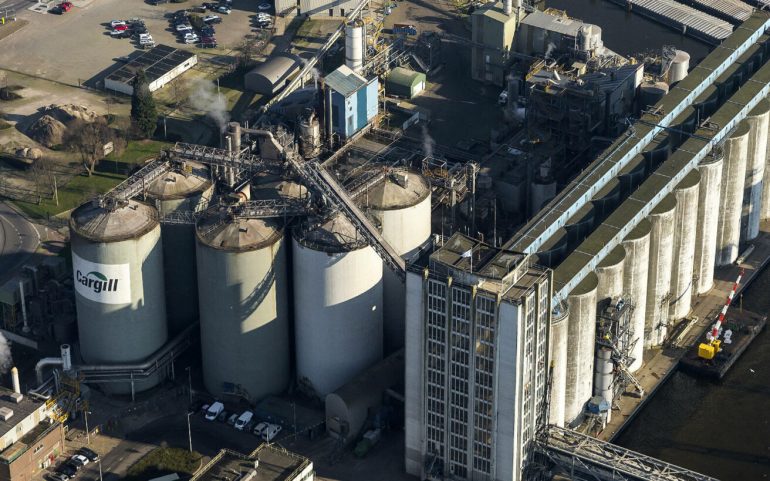They are the 14th richest family in the world, with Bloomberg estimating their total wealth for 2020 at $ 38,1 billion.
Only the Cargill-MacMillan dynasty remains almost unknown to the general public, despite the fact that its members continue to be the owners of the empire named Cargill Inc., the group that closed in 2020 with a turnover of $ 115 billion.
With more than 70 businesses and a presence in 67 countries around the world, Cargill is now a true giant in the food, agriculture and industry, employing more than 145.000 people.
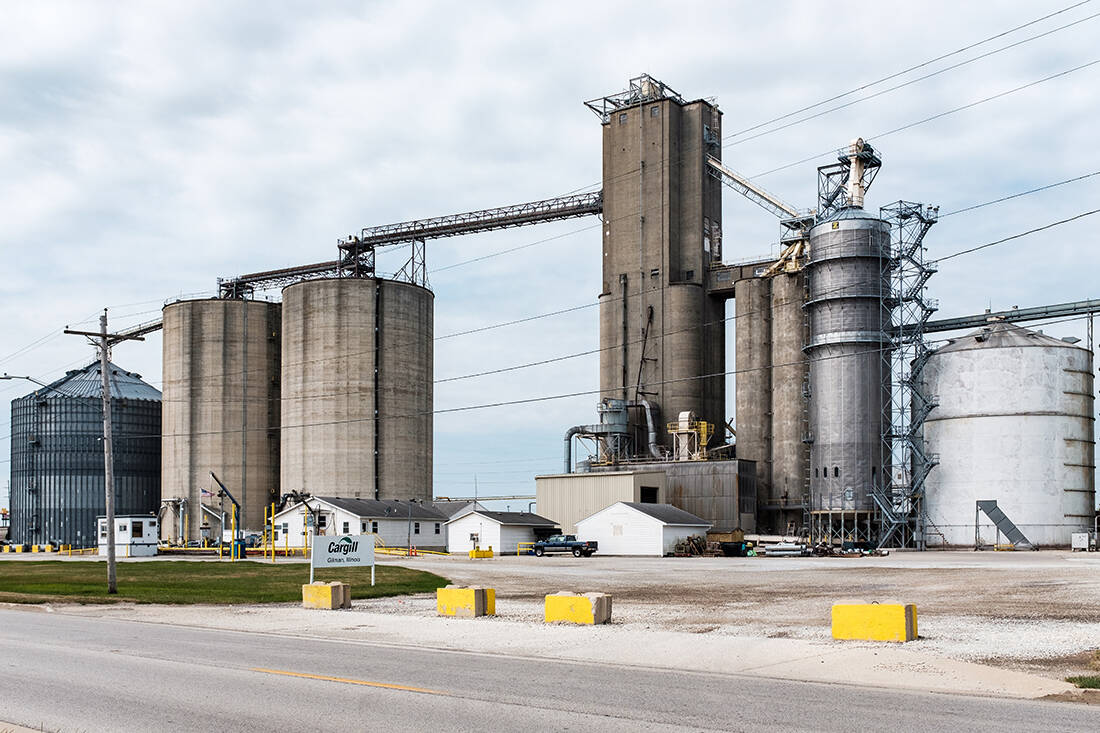
In fact, since 2008 it is the largest private equity firm in America in terms of revenue.
And all this from a village boy who built a grain silo in Iowa of the USA in 1865…
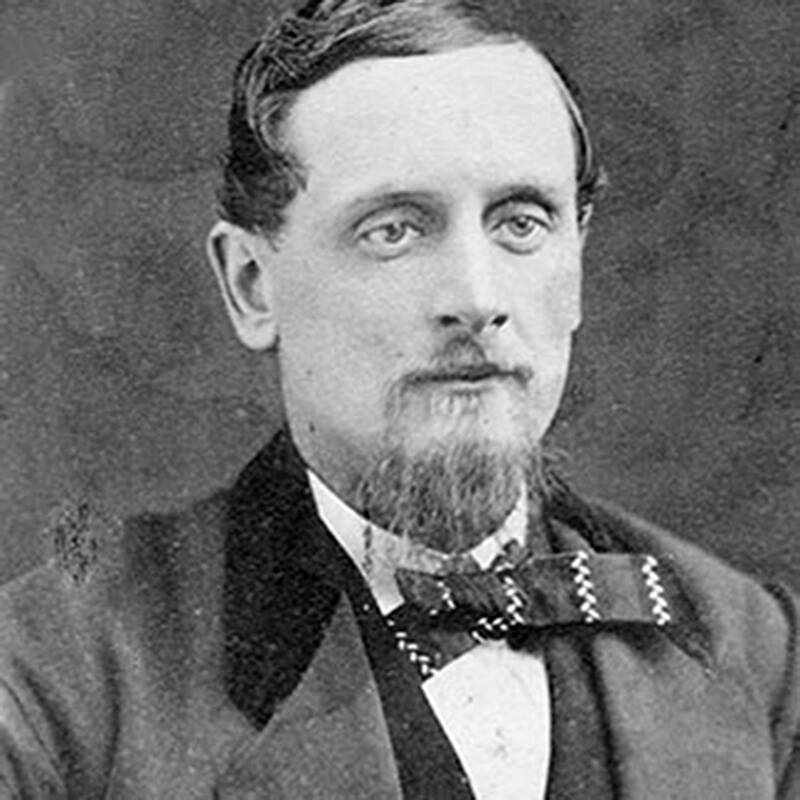
William Wallace Cargill was born in 1844 in New York City as the third of seven children of a Scottish sailor who had immigrated to the New World a decade earlier.
The captain and his American wife moved to his countryside in 1856 Wisconsin, to live a quiet life as farmers.
It seemed so natural for the young WW, as his friends called him, to do what he knew well.
Today we know, of course, that he was the epitome of the 19th century businessman, of this new gang of relentless merchants who were determined to succeed at all costs. With many interests in mind, his commercial demon would soon be visible.
And indeed in 1865 he will find the 21-year-old young regular businessman. According to his great-grandson, Duncan MacMillan, he was "endowed with an inventive, creative mind and endless, inexhaustible energy; constantly looking for new directions."
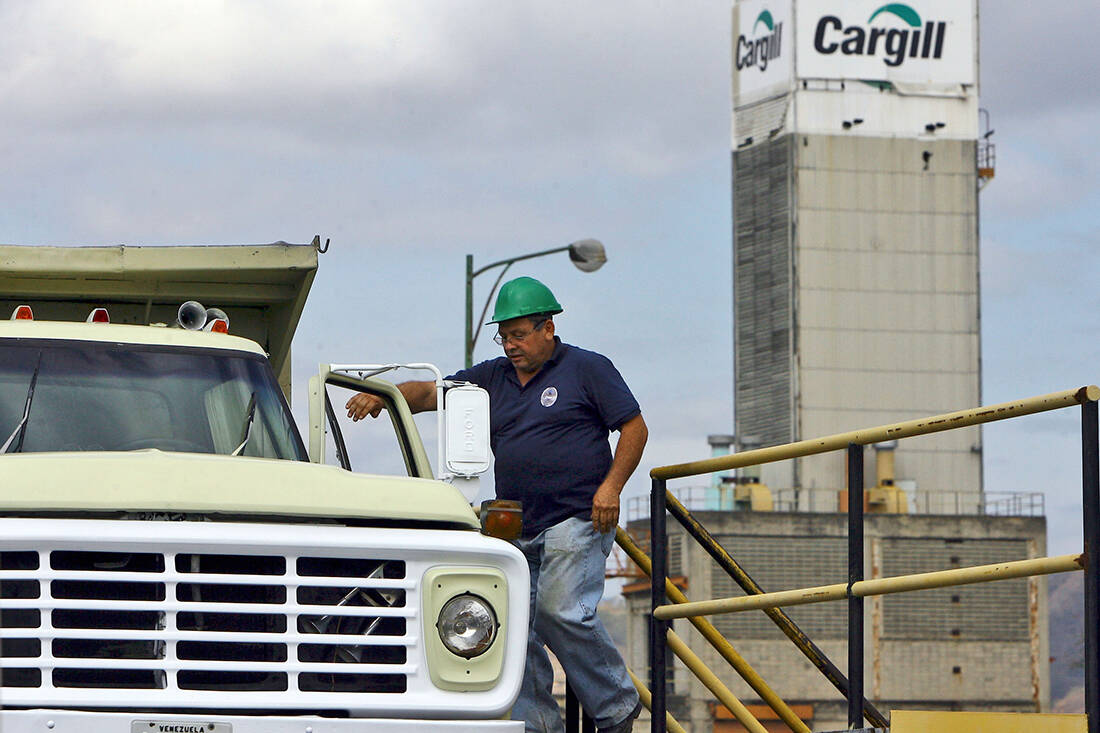
The first of these directions was the grain trade. Cargill built his first silo in 1865 in a small provincial town of Iowa, founding the company of the same name. The location was not accidental, there ended a major railway artery.
In 1867 he brought his two younger brothers (Sam and Sylvester) there to oversee his new activities, a second barn and a unit. timber, specifically.
Five years later (1870), when he heard about the expansion of the rail network in a Minnesota town, he moved his company headquarters there, increasing his company's turnover.
In fact, to convince the local community of his pure intentions, he serves the community as a judicial investigator for the next 3 years. But even there it would not land.
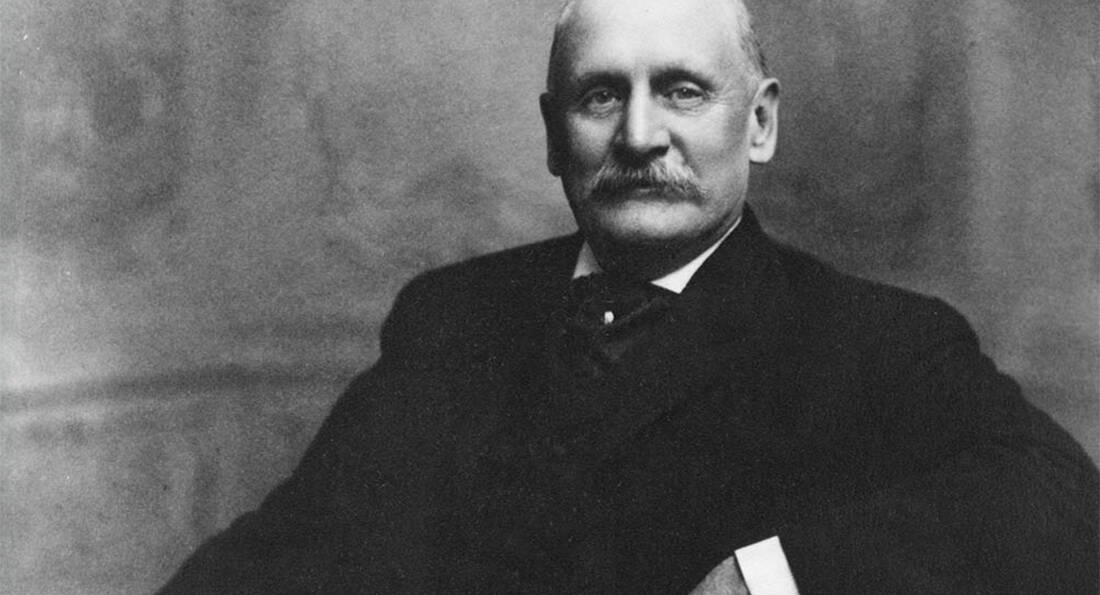
A really restless spirit, in 1875 will find him in Wisconsin, a city that was the commercial center of the region. La Crosse was strategically placed on Mississippi and had rail links to major cities.
Without wasting time, he joins clubs and organizations in the city, including a Masonic fraternity.
Now things are going very well, he is constantly expanding into other activities and brings a third brother (James) to help him…
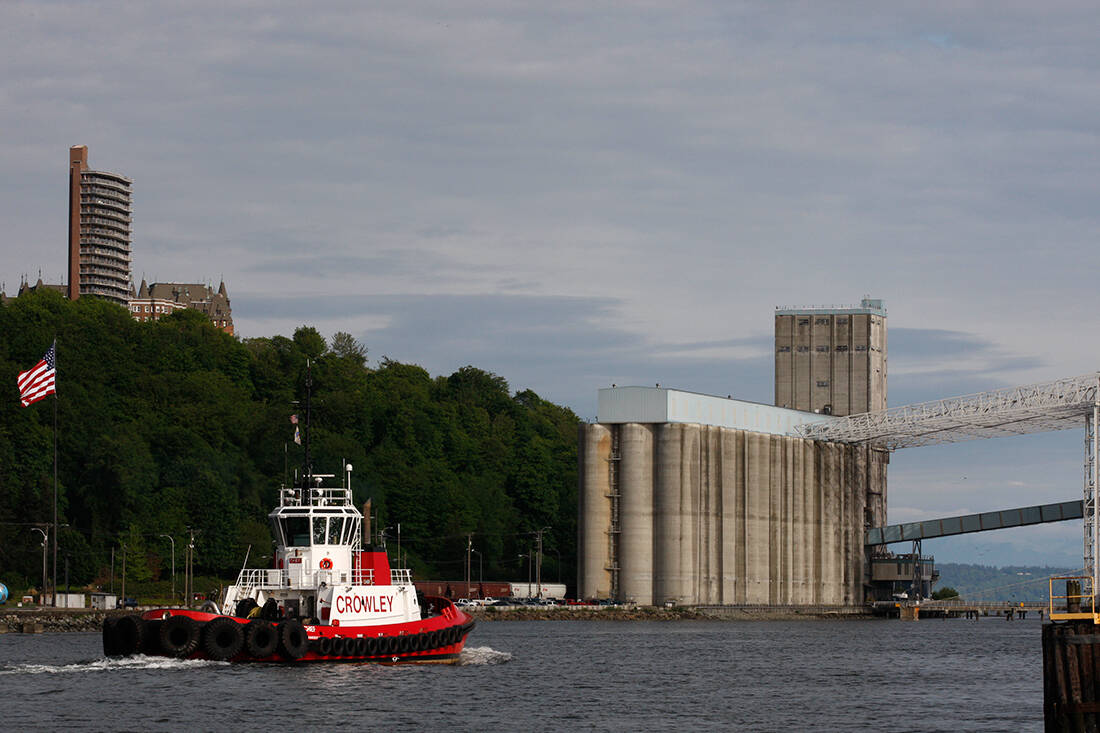
The village boy was now a respectable businessman. He traveled extensively to neighboring states and made lucrative deals for everyone, earning the respect and trust of not only merchants but also bankers.
His character and talents even made him survive even in times of serious economic recession, when others put a padlock. He was literally unstoppable, giving birth to one idea after another.
As conductor of an orchestra, he sent his brothers where he could smell commercial opportunity. In 1887, for example, he saw Minneapolis rapidly emerging as a new center for the grain trade. He immediately set up a branch of his company and sent his brother Sam to oversee it.
In the meantime he had 4 children from his marriage in 1868, although his company would eventually be entrusted to his son-in-law, a man who would send her to new heights.
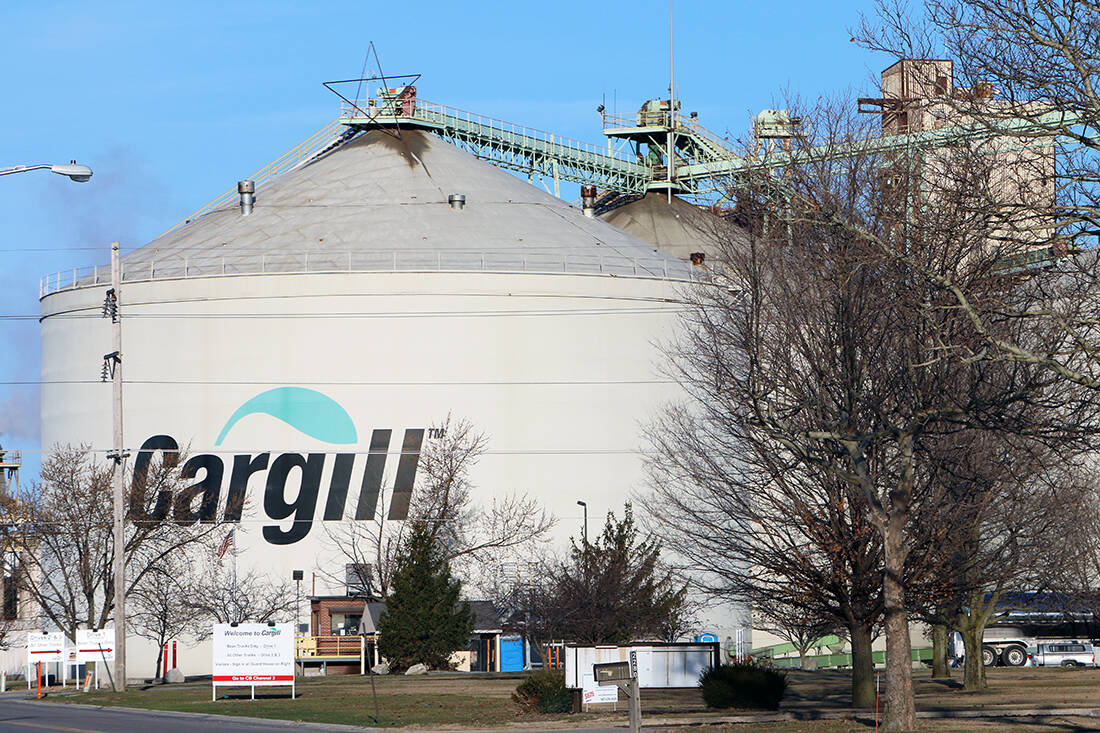
In 1904 the WW suffered a severe stroke, which forced him to stop rhythms. He stopped dealing with his company on a daily basis, but remained the mastermind of decisions. That is why, despite its fragile condition, it was constantly moving.
On such a business trip to Montana in October 1909 he fell seriously ill. The diagnosis was pneumonia, from which he would die at home a few days later.
In fact, his fortune was to be passed on to his widow, but before his will could be ratified, Ellen died. Just 5 months after that. Cargill was now to share equally with his 4 heirs.
And here his son-in-law enters a wedge…

Opposite WW Cargill's mansion in La Crosse Wisconsin there was the second largest villa in the city. It belonged to Duncan McMillan, the director of the State Bank branch.
The children of the two families played together from an early age and at one point McMillan's son fell in love with Cargill's eldest daughter, Edna Clara. John was an advanced young man, working from the age of 15 on his dad's bank and in 1895 came the marriage that would unite the two strong families of the city.
Since 1898 both John and his brother, Daniel, have been working for the WW. reins of the business.
He saved it from disintegration, moved its headquarters to Minneapolis, Minnesota, and served as president from 1909-1936. He was the one who would further develop the company, betting on every new one technology emerging.
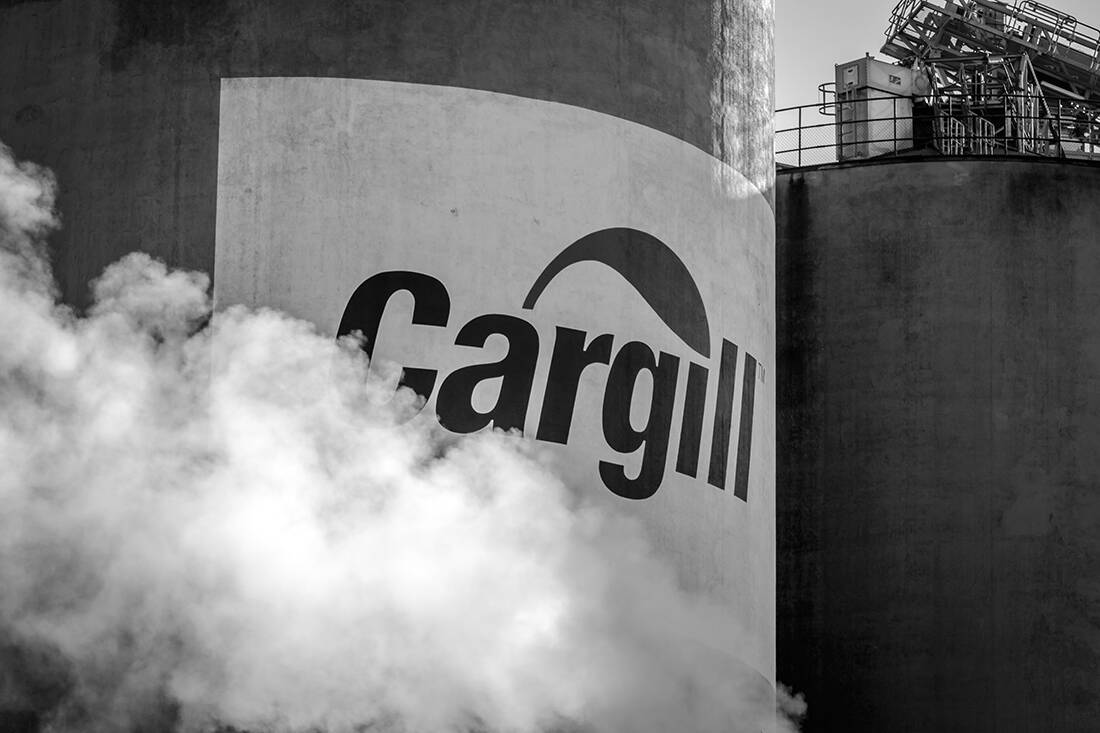
With the help of innovation, he got ahead of the competition. When he died of a heart attack in 1944, he was already succeeded (1936) at the helm of the colossus by his son, John H. MacMillan Jr., who remained in office until 1960.
A non-member general manager was appointed for the first time that year family.
Educated at Yale and notorious for the authoritarian style in which he ran his company, his son MacMillan took the company out of America. Expansions in Europe and South America further giganticized the company, surpassing $ 1 billion in sales for the first time.
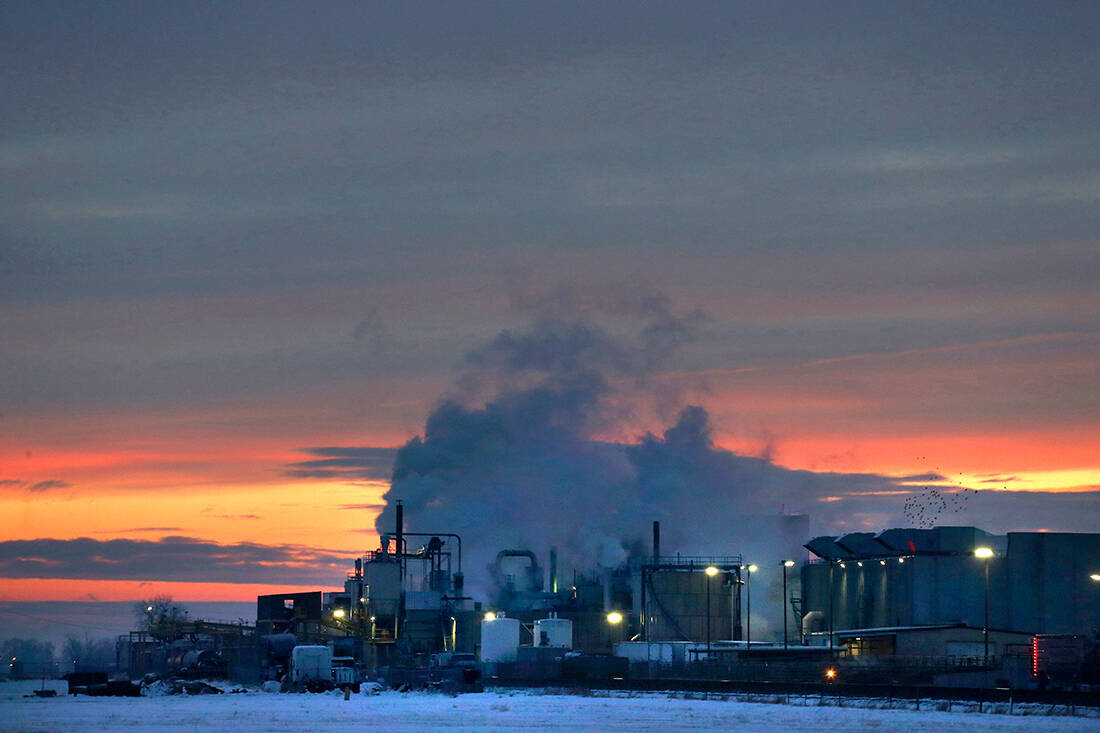
After 1945, Cargill expanded into hybrid seeds. Until 1977, when another member of the family, Whitney MacMillan (nephew of John Jr.) took over the reins, Cargill had a large presence in the world, with activities even in developing countries.
Until 1988, the company's trading portfolio had it all. Alongside cereals, seeds, oils and mills, Cargill now produced chemicals, coffee, cocoa, cotton, eggs, fertilizers, juices, flours, packaged meats, peanuts, pork and poultry, hoses, salts, turkeys, wool, even πετρέλαιο, steel and financial services.

In 2003, its profits exceeded $ 1 billion for the first time. As for its annual turnover, it now amounted to 50 billion dollars.
In 2008, profits exceeded $ 1 billion in the quarter…
